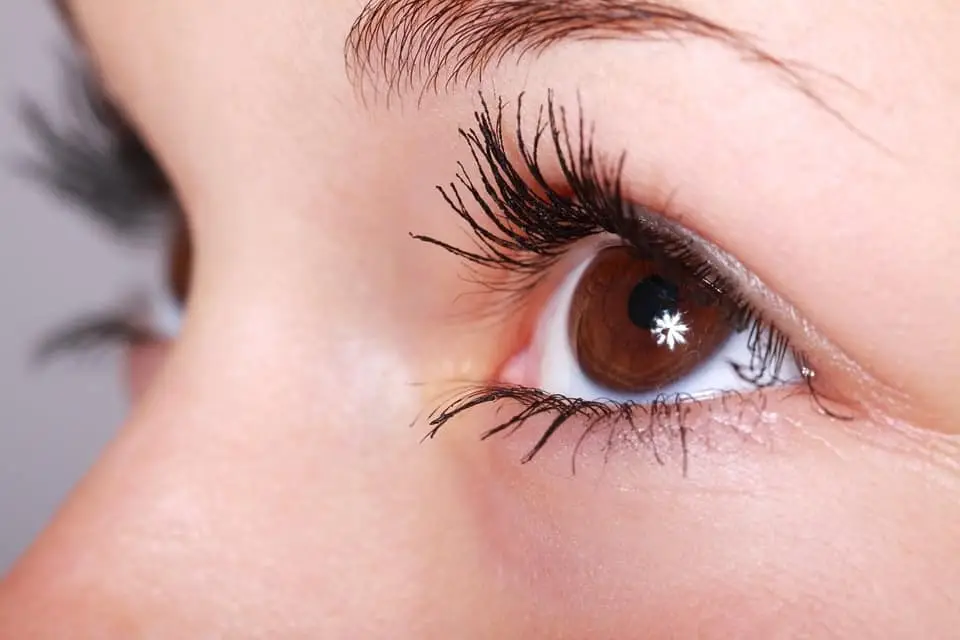Has your skin lost its plump texture and youthful luster? Even if you don’t suffer from an underlying medical condition, the appearance and characteristics of your skin will change over time. As you age, your skin will lose some of its collagen and subcutaneous fat, thereby reducing its elasticity and increasing the risk of wrinkles. While there’s no way to stop your biological clock, you can restore your skin’s youthful appearance and characteristics with dermal fillers.
Overview of Dermal Fillers
Also known as an injectable cosmetic filler or soft tissue filler, a dermal filler is a minimally invasive cosmetic procedure that involves the injection of a skin-rejuvenating substance. During a dermal filler procedure, the practitioner will inject a safe gel-like substance directly into problematic areas of your skin. As the substance distributes itself, it creates the appearance of smoother and plumper skin.
Dermal fillers have become increasingly popular in recent years. According to the American Society of Plastic Surgeons (ASPS), 2.6 million dermal fillers were performed in 2018, making them the second-most common minimally invasive cosmetic procedure for that year. When compared to 2017, about 2% more dermal fillers were performed in 2018. As a result, dermal fillers on the rise. So, how do dermal fillers work?
Dermal fillers receive their namesake from the way in which they “fill” the skin. As previously mentioned, collagen and subcutaneous fat in skin decreases with age. When levels of these naturally occurring compounds begin to drop, your skin will appear thinner. At the same time, wrinkles will become more visible because of your skin’s thin texture. Dermal fillers are designed to restore skin back to its youthful appearance by “filling” it with one more skin-rejuvenating substance. The dermal filler substance is injected directly into the skin, at which point it spreads to create plumper, healthier-looking skin.
The Different Types of Dermal Fillers
There are several different types of dermal fillers, the most common of which is hyaluronic acid (HA). Our bodies produce their own HA. It’s a thick substance commonly found in the skin, soft tissues and eyes that’s used for lubrication. However, it’s not uncommon for the body to produce less HA with age. If your body doesn’t produce a sufficient amount of HA, your skin will lose its natural lubrication, which may lead to various skin problems like wrinkles and thinness. HA dermal fillers are designed to increase your HA levels while subsequently treating and preventing common skin problems.
In addition to HA, calcium hydroxylapatite (CaHA) is used as a dermal filler. CaHA is known to stimulate the production of collagen, which is an essential compound used to produce and repair skin tissue. CaHA occurs naturally in bones. Unlike HA, though, it doesn’t have a thick consistency. CaHA is harder, more mineral-like substance. When injected into the skin, CaHA creates a more fuller appearance while reducing the appearance of wrinkles, frown lines, crow’s feet and marionette lines.
Another type of dermal filler is polylactic acid (PLA). PLA differs from HA and CaHA in its synthetic makeup. Our bodies don’t produce their own PLA. Rather, PLA is a synthetic — though also biodegradable — substance that’s produced in laboratories and other facilities. But don’t let its synthetic makeup fool you into thinking PLA is harmful. According to ASPS, PLA has been used to make medical sutures for over four decades. Therefore, you can rest assured knowing that it’s a safe substance. PLA dermal fillers offer similar benefits as HA and CaHA, with all of these dermal fillers being able to “fill” your skin and improve its overall appearance.
Polymethyl-methacrylate microspheres (PMMA) is a type of dermal filler that’s used to treat moderate to severe wrinkles. When compared to HA, CaHA and PLA, PMMA offers the longest-lasting results. For men and women suffering from moderate to severe wrinkles, PMMA may offer an effective form of treatment. With that said, PMMA requires a greater number of filler injections, and it also takes longer to notice their results.
The Science Behind Dermal Fillers and How They Work
Although there are about a half-dozen different types of dermal fillers — which are sold and marketed under dozens of different brand names — they all work in a similar way to restore the appearance of your skin. Once injected into your skin, the dermal filler substance will spread to make your skin look fuller and plumper.
Most people have naturally plump skin during their youth. But with age comes the loss of collagen and subcutaneous fat, which essentially makes your skin thinner. As your skin becomes thinner, wrinkles and fine lines will become more visible. Dermal fillers can reverse these effects by injecting a safe filler substance into your skin. The substance will eventually be absorbed by your body, but until that happens, it will create fuller and plumper skin.
Many people assume that BOTOX is a dermal filler, but this isn’t true. BOTOX is the brand name for a purified neurotoxin known as clostridium botulinum. Both BOTOX and dermal fillers involve injections into the skin, but only the latter will make your skin look fuller and plumper. BOTOX works by temporarily blocking neurological signals to muscles, which in turn forces the respective muscles to relax. In comparison, dermal fillers work by “filling” the skin with one or more substances.
Areas of the Skin That Dermal Fillers Can Treat
Dermal fillers can be injected into areas of the skin deemed safe by the U.S. Food and Drug Administration (FDA), including the lips, cheeks, nasolabial folds, under the eyes, tear troughs, jawline, chin and back of hands. Many dermal fillers are mixed with a local anesthetic, such as lidocaine, to numb the skin and minimize discomfort. Numbing cream may also be applied to the skin to further minimize discomfort during the dermal filler injection.
How Long Do Dermal Fillers Last?
It’s important to note that dermal fillers aren’t permanent. Depending on the specific type of dermal injection, the results may last from six months to 18 months. Keep in mind, though, that the area of the skin in which they are injected affects how long they last. Dermal fillers injected into highly mobile areas of the skin typically last for a shorter period of time than dermal fillers injected into non-mobile areas of the skin. If you get a dermal filler injection around your mouth, for instance, your body will quickly absorb it. If you get a dermal filler injection in your tear troughs, on the other hand, it will take your body longer to absorb the substance.
The type of dermal filler you get will also affect how long the results last. All dermal fillers are temporary, so your body will eventually absorb them. Some dermal fillers, however, last longer than others. PMMA is considered the longest-lasting type of dermal filler. Of course, the downside is that it takes longer to actually see the results of PMMA.
In Conclusion
A dermal filler is a minimally invasive cosmetic procedure that’s designed to rejuvenate the appearance of skin by making it “filling” it with a substance like HA, CaHA, PLA or PMMA. When any of these substances are injected into the skin, they spread while making the skin look fuller and plumper.
Want to learn more about dermal fillers? Request a free consultation with Radiance Medspa today!


